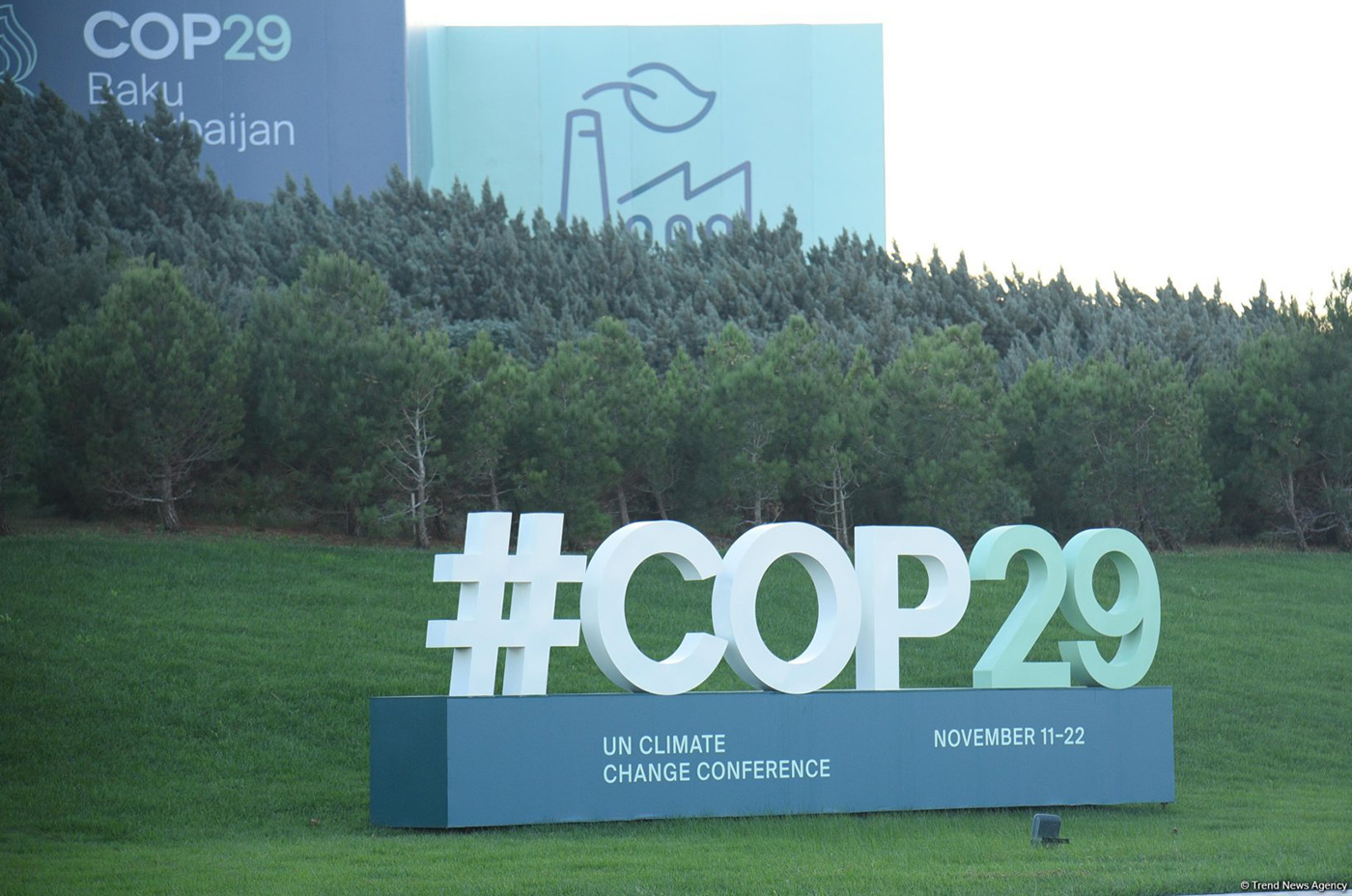Georg Zachmann
Agreement on a global carbon trading framework could complete the global climate architecture, but the risks are significant
The international process for coordinating the fight against global warming is in trouble. The United States is likely to withdraw again from the Paris Agreement on climate change, pushing multilateralism and the rules-based order deeper into crisis. Global emissions continue to rise. Developed countries are more directly feeling the short-term cost of decarbonisation policies.
The main hope remains technology that cuts the cost of decarbonisation, making compromise easier. But betting on technology is risky, and without a functioning architecture to synchronise global mitigation efforts, it might not deliver.
Climate finance is also in trouble. It was the big topic of the 2024 global climate summit (COP29) in Baku, Azerbaijan, but the sums put forward (and the criteria for how to spend them) are far from enough to encourage sufficient mitigation in the developing world.
One development in Baku could, however, have a major positive impact: the conclusion, after nearly a decade, of negotiations on the Paris Agreement’s Article 6. This article codifies international carbon trading. Under Article 6.2, countries can now agree to transfer to other countries surplus emission reductions – in other words, if they over-achieve against their climate targets. Such transfers are typically in exchange for some financial contribution. On top of that, under Article 6.4 of the Paris Agreement, companies can certify mitigation outcomes in one country and transfer such credits for compliance to other countries. Purchasing countries can now establish rules on what types of foreign mitigation outcomes they will accept and how to use them.
This mitigation ‘trading’ could, depending on how it is used, either destroy or complete the global climate architecture. On the positive side:
Well-implemented international carbon trading can save a lot of money ($250 billion/year according to the COP29 presidency). Emissions could now be mitigated much more cheaply in developing countries (e.g. by increasing the share of renewables in the electricity mix) than it costs to eliminate the remaining emissions in some rich countries (eg building hydrogen power plants that run only for a few hours). A robust mechanism based on Article 6 would thus allow faster emission reductions, especially in developing countries.
A strong trading arrangement would also lead to a convergence of mitigation costs (implicit carbon prices) between trading partners. This could render obsolete tricky leakage policies (ie policies to compensate heavy industry for carbon costs to prevent its relocation to where there is no carbon cost).
The value of foreign mitigation units will be assessed against buying countries’ targets. Units from countries with weak targets will have much less value than those from more countries with tougher targets. A well-designed buying mechanism would reflect this and increase the pressure on countries to raise their targets.
For the European Union, if it becomes a major buyer of foreign mitigation units, its leverage in setting global climate policy would substantially increase. The EU, together with ambitious partners, could even implement a joint allowance purchasing system that would serve as a gold standard against which other approaches are benchmarked.
In terms of risks:
Allowing substantial international transfers of mitigation outcomes implies a structural risk to the global climate architecture. Buyers of mitigation units will look for the cheapest way to meet their demand. This will give intermediaries incentives to find loopholes to benefit from excessive arbitrage gains, potentially undermining the integrity of the system. For example, allowing credits for temporary reforestation to be used in the EU emissions trading system, or even to meet the overall EU climate commitment, could ultimately translate to higher, rather than lower, emissions, and could encourage others to follow suit, ultimately wrecking the entire architecture.
There is a risk that the uncertain prospect of ‘cheap’ foreign mitigation deters investment in EU domestic mitigation. Moreover, lower EU carbon prices thanks to incoming credits might delay investment in innovation for hard-to-abate sectors.
The EU thus faces a complex balancing exercise to determine how it will use this new tool. It could introduce an overly restrictive or complex system that would largely deter trading. Or it could endeavour to design a more flexible mechanism. But the latter runs the risk that too many allowances will end up being certified by the EU, undermining the integrity of the EU’s own decarbonisation tools and eventually even the global architecture.
Any system must be robust, with a swift and effective self-correction mechanism. It should encourage seller countries to tighten their own commitments and should punish them for failing in their ambitions. The accounting unit should not be individual offsets but shares in a country’s carbon budget.
The question of EU’s approach to Article 6 implementation – and if it even wants to participate in Article 6 at all – is thus not a technical issue, but a highly strategic decision. The EU must weigh its response carefully.
Georg Zachmann is a Senior Fellow at Bruegel. The article was originally published on Bruegel – https://www.bruegel.org/first-glance/precarious-promise-paris-agreements-article-6




